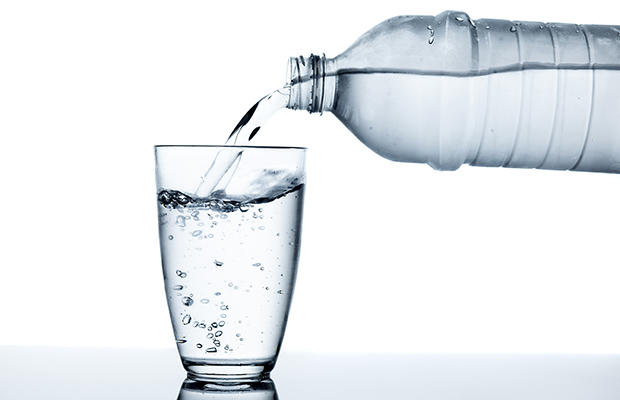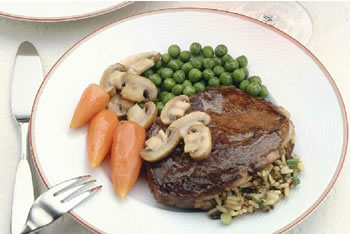Most people think of their fridge as a nutritional safety zone, home to fresh and minimally-processed foods like fruits and veggies, yogurt, and milk. However, some of the staples you stash in there may not be as healthy as you think. In fact, new research published in the Journal of the Association for Consumer Research shows that most of us tend to overeat when we're consuming food that's been labeled "healthy" because subconsciously, we consider it less filling.
The solution? Knowing what the worst offenders are so it's easier to keep only truly good for you foods in your fridge—even down to the condiments. "If you don't have it in the house, you're not going to eat it, simple as that," says Sarah Krieger, RD, and spokesperson for the Academy of Nutrition and Dietetics.
Read on to see which foods to pass up when it comes to stocking your fridge. (Discover how to heal 95+ health conditions naturally with Eat for Extraordinary Health & Healing!)
Start
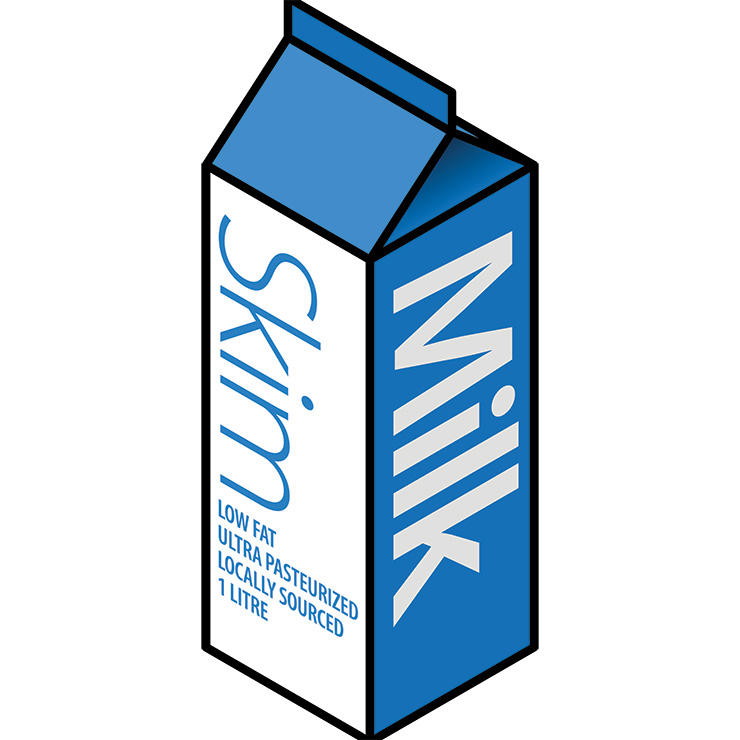 1/8
Low-Fat Milk and Yogurt
1/8
Low-Fat Milk and Yogurt
By now you know that healthy fats—foods like avocados, nuts, and oils—are good for you. Yet it's still tempting to reach for the low-fat dairy products, isn't it? Well, new research from Tufts University, published in the journal Circulation, may change your mind: Scientists found that people who consumed full-fat dairy products had as much as a 46% lower risk of developing diabetes over the course of 15 years compared with those who drank skim milk and ate low-fat yogurt and low-fat cheese. And if that didn't convince you, another study—this one of more than 18,000 middle-age women, all part of the Women's Health Study—found that those who ate more high-fat dairy had an 8% lower chance of becoming obese over time compared to those who ate less.
Better option: Whole milk and full-fat yogurt. Not only does it have a richer taste, but nutrition experts also think the higher fat content may improve satiety, ultimately reducing total calorie intake and leading to weight loss.
Frozen Veggies with Sauce
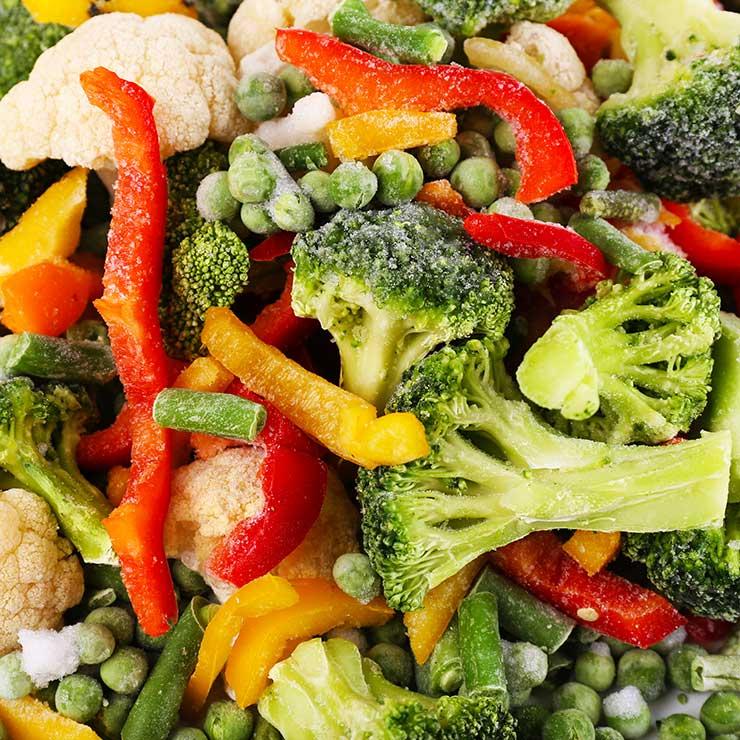 2/8
Frozen Veggies with Sauce
2/8
Frozen Veggies with Sauce
Frozen vegetables are a great way to ensure you're getting your greens without worrying about them going bad. They also can hold a nutritional bonus: "Frozen veggies are often frozen close to the farm. The transit time is shorter so more nutrition is sealed in that bag," says Krieger. However, leave the bags with sauces included on the shelves. They contain much more fat and sodium than if you were to add a pat of butter at home. One cup of Birds Eye broccoli, cauliflower, and carrots contains just 34 calories and 40 mg of sodium. Compare that to one cup of the California Blend & Cheddar Cheese Sauce, which contains 141 calories, 693 mg sodium, and 7 g of saturated fat.
Better option: Buy plain frozen veggies and drizzle olive oil on top (or try these recipes to dress up your frozen veggies).
Mayo
 3/8
Mayo
3/8
Mayo
Love it or hate it, there's no denying that mayonnaise is a major fridge staple. But with 100 calories per Tbsp, this condiment can turn a typical sandwich into a calorie bomb.
Better option: Mustard is a great alternative, but if you crave that creamy texture and rich flavor, try pesto, which is made with heart-healthy olive oil.
White Bread
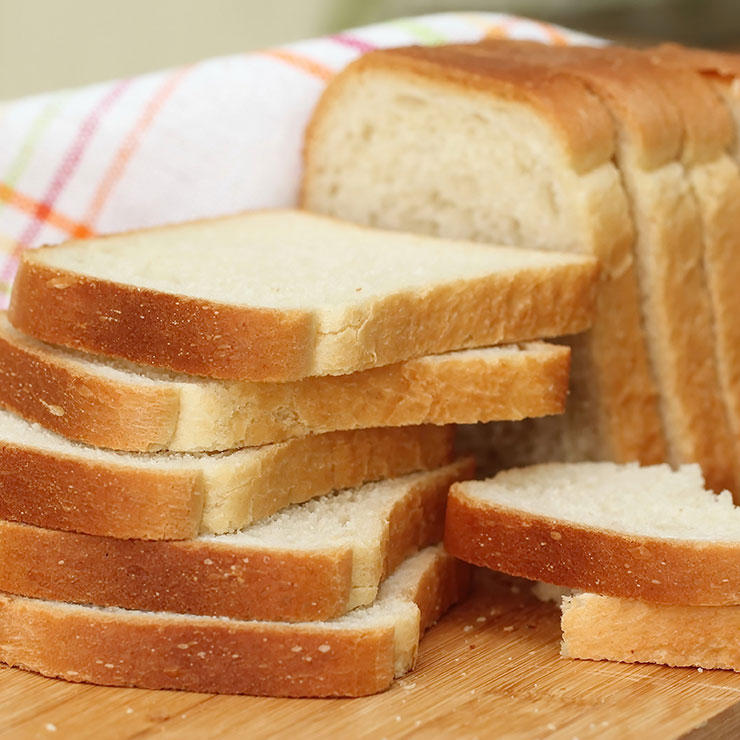 4/8
White Bread
4/8
White Bread
You may think a loaf of reliable, all-American white bread is a harmless vehicle for peanut butter or other sandwich fillers. But white bread is made with refined flour, which has been stripped of the bran and the germ (as well as protein and key nutrients). Besides being lower in protein and fiber than whole wheat bread, studies show that these refined grains may even be dangerous for your heart.
Better option: Whole grain breads. Not only are they better for you from a weight-loss perspective, but Harvard University research also shows they may help you live longer: In one large, long-term study published in JAMA Internal Medicine, scientists found that eating more whole grains is associated with up to a 15% lower mortality—particularly cardiovascular disease-related mortality. Be sure that the whole grains you buy say "100% whole grains" and carry the Whole Grains Council stamp of approval.
Processed Meats
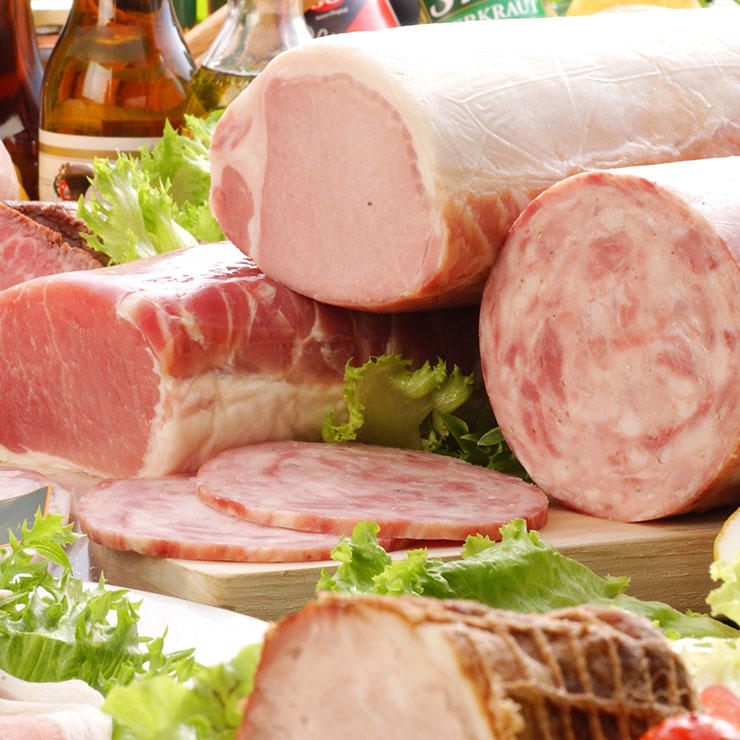 5/8
Processed Meats
5/8
Processed Meats
Last year, the World Health Organization issued a report stating that processed meat is carcinogenic. According to its International Agency for Research on Cancer—a group comprised of 22 scientists from 10 countries who evaluated more than 800 studies on meat and cancer—curing or smoking meats can lead to the formation of potentially cancer-causing chemicals. What's more, these meats often have as much as 1,000 mg of sodium per serving—nearly half your daily recommended intake. "Hot dogs and luncheon meats are so high in sodium, I cringe when I see their labels," says Krieger. Researchers at Harvard University found that people eating a 1.8-ounce serving of processed meat each day had a 42% higher risk of heart disease and 19% higher risk for type 2 diabetes. Other studies have shown that eating cured meats a few times a month puts you at risk for developing COPD.
Better option: You can still have deli meat—just stock your fridge with brands that offer varieties with no added nitrates and low sodium, like Applegate Farms and Hormel Natural.
Soda
 6/8
Soda
6/8
Soda
Your typical can of soda contains about 140 calories and 10 tsp of sugar—not exactly the makings of a healthy thirst-quencher—and diet soda isn't any better. In fact, one recent study—and the largest of its kind—by scientists from the University of Iowa found that drinking two or more diet drinks a day may increase the risk of heart disease in otherwise healthy postmenopausal women by up to 30%. It also found diet soda drinkers are 50% more likely to die from a cardiovascular health–related disease. What's more, drinking both regular and diet soda has been linked to adult metabolic syndrome, high blood pressure, weight gain in the stomach area, and insulin resistance, which increases your odds for developing heart disease and type 2 diabetes. (Don't believe us? Check out 7 Nasty Side Effects of Drinking Diet Soda.) It's also not a great drink to keep in the fridge if you have kids or teenagers in the house. The extra calories from these sugar-sweetened beverages are a big determinant of childhood obesity.
Better option: Water, fresh juice, or iced tea. Just be sure to keep the juice to smaller servings.
Ice Cream
 7/8
Ice Cream
7/8
Ice Cream
What's easier than picking up a carton of ice cream for dessert? And while even full-fat ice cream only contains about 150 calories per 1/2-cup serving, that little pint can be a portion control nightmare. If you go spoon-first into a pint, it's easy to consume 2 to 3 servings in a matter of minutes, leading to more fat, sugar, and calories than you bargained for. "Ice cream can be a trigger food," says Krieger. "So if ice cream is your dessert or snack of choice, buy individual containers for portion control."
Better option: Freeze containers of plain regular or Greek yogurt for a lower-cal treat. Top with fresh fruit, honey, or even a crushed up cookie.
Frozen Fries
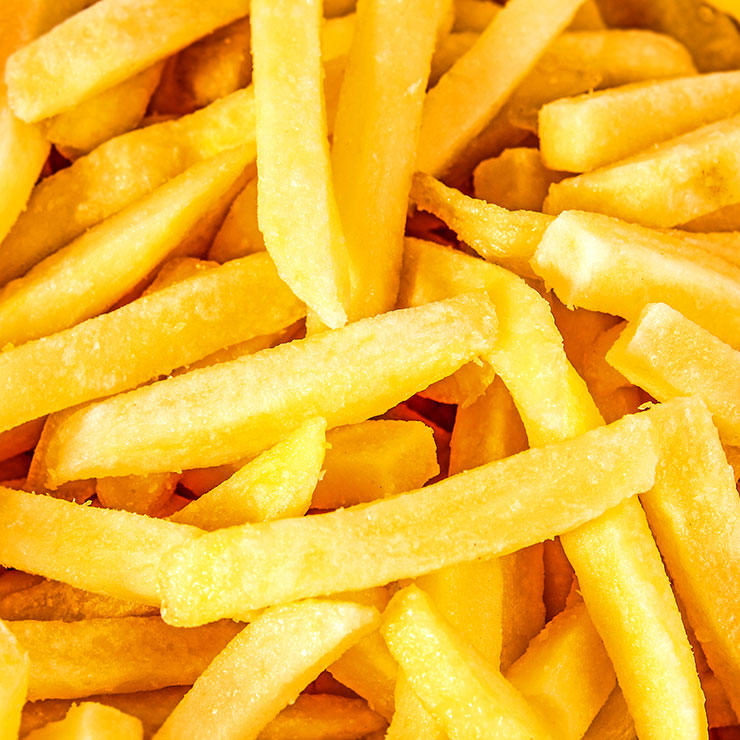 8/8
Frozen Fries
8/8
Frozen Fries
Don't delude yourself into thinking that French fries you make at home are healthier than ones from a fast food joint. "Most frozen potato products are flash fried. The fat and salt contents are higher than if you did it yourself," says Krieger. One study from Harvard University found that eating certain foods caused people to pack on pounds more quickly than others. The worst culprit of weight gain? French fries! Eating one serving of French fries per day alone resulted in a 3.4-pound weight gain in 4 years.
Better option: Make your own fries. Cut up potatoes with the skins on (there are 60 different kinds of phytochemicals and vitamins in the skins and flesh), add some olive oil and a pinch of salt, and bake in the oven.
- Prev:I Lost 50 Pounds, And Gained It All Back. Heres What Went Wrong.
- Next:6 Ways To Keep Your Metabolism Revved As You Get Older
 1/8
Low-Fat Milk and Yogurt
1/8
Low-Fat Milk and Yogurt
 2/8
Frozen Veggies with Sauce
2/8
Frozen Veggies with Sauce
 3/8
Mayo
3/8
Mayo
 4/8
White Bread
4/8
White Bread
 5/8
Processed Meats
5/8
Processed Meats
 6/8
Soda
6/8
Soda
 7/8
Ice Cream
7/8
Ice Cream
 8/8
Frozen Fries
8/8
Frozen Fries
